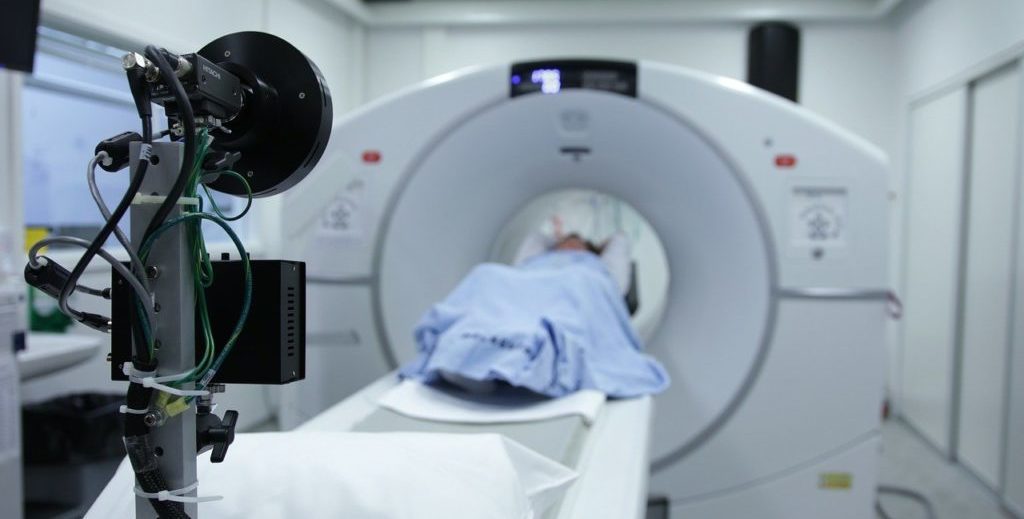TAIPEI — Taiwan Semiconductor Manufacturing Co. failed to hit its sustainability targets for water usage and waste generation last year as the world’s biggest semiconductor company ramped up output of the industry’s most advanced chips.
According to TSMC’s latest corporate sustainability report, the company’s use of water, electricity and raw materials increased for the third straight year in 2020, due mainly to the building of new factories but also to the introduction of more advanced chip manufacturing technologies — namely the so-called 5-nanometer chip production technology used in making iPhone and Mac processors.
The report comes as Taiwan has struggled with severe droughts and power outages this year that have threatened the island’s vital chipmaking industry.
TSMC, which counts tech giants like Apple, Google, Intel, Sony and Qualcomm as its major clients, cut its per-wafer water usage by 8.9% in 2020, short of its annual goal of a 10% reduction, according to the report. In absolute terms, its daily water use grew 25% to 193,000 tons last year, roughly the same as its revenue growth for the same period.
TSMC also did not meet its internal goal of reducing the amount of waste it generates to less than 0.88 kilogram per unit. The company attributed this to the increasing need for cleaning and optimizing operations following the introduction of its new chip production technology. TSMC has set a goal to cut its waste generation to less than 0.5 kilogram per unit by 2030.
On the energy front, the company said it met its goal of adopting renewables in 7.6% of its needs last year and is on track to meet its target of using green power for 25% of its energy demand by 2030. It plans to use renewable energy to meet at least 9% of its needs this year, the company said. In 2020, TSMC consumed a total of 16,900 GWh in energy, up nearly 18% from 2019, the report showed.
TSMC said the extreme ultraviolet lithography, or EUV, machines it now uses consume 10 times more power than their predecessors. The machines, provided exclusively by ASML, are the most advanced in the industry and are an essential tool for advanced semiconductor production.
TSMC and ASML have worked together to develop a more efficient version of the machines that use 5% less power. The chipmaker plans to adopt this model when it introduces the next generation of chip production technology next year.
The Taiwanese chip company bought and installed about 50% of the world’s EUV machines last year, TSMC Senior Vice President Y.P. Chin said at a recent technology symposium. Only Samsung and Intel can afford such advanced machines as the world’s biggest chipmakers race to build the most cutting-edge chips.
TSMC vowed to keep reducing its own carbon emissions and increasing the use of renewable energy, and said it will also request and help its suppliers to scale back the use of natural resources to make the chip supply chain more sustainable.
These pledges come as Taiwan emerges from its worst drought in more than 50 years. Hsinchu, the heart of Taiwan’s crown-jewel semiconductor industry and the location of some of TSMC’s factories, was on the verge of facing twice-weekly water suspensions last month.
Tsengwen Reservoir, a crucial water resource for Tainan Science Park, where TSMC is building its 3-nanometer chip production plant, had a water reserve rate of just 6% in late May. The drought significantly eased earlier this month when the entire island embraced weeks of pouring rains across the country.
The island has also suffered several large-scale power outages this year due to the rising energy demand amid the unprecedented global crunch for chips and components. Chip companies such as TSMC and United Microelectronics Co. have been running at full capacity in order to help ease the shortage. The power outages did not affect TSMC’s production, though the company acknowledged it encountered a voltage dip when one of the outages happened.
The TSMC report flagged disruption to water and energy supplies as the two “serious” operational risks for the company. In addition to reducing its per-unit water use, the company is building a plant capable of recycling water to be reused in chipmaking, a global first. The plant is expected to go into production this year.
TSMC says the plant will allow the company to meet nearly half of its daily need for water for chipmaking. It is also building the world’s first zero-waste manufacturing center, to turn waste into electronics materials that could be reused, this year with the pilot production target of 2023.
TSMC’s sustainability goals also dovetail with the trend among companies and investors for emphasizing ESG — environmental, social and governance — issues. The global pandemic further highlighted the importance of ESG, as investors believe that companies and governments that are doing well in promoting sustainability are more resilient in the face of uncertainties.
ESG-conscious companies attracted record investment for 2020, according to Morningstar, a trend that continued to gain steam in the first quarter of this year.
TSMC formed an ESG steering committee led by Chairman Mark Liu and joined by senior executives from many other departments to take charge of long-term sustainability planning. The committee was established in 2020 and vowed the company would be carbon neutral — adopting 100% renewable energy for its global operations — before 2050. TSMC operated another working-level corporate social responsibility committee for years.





